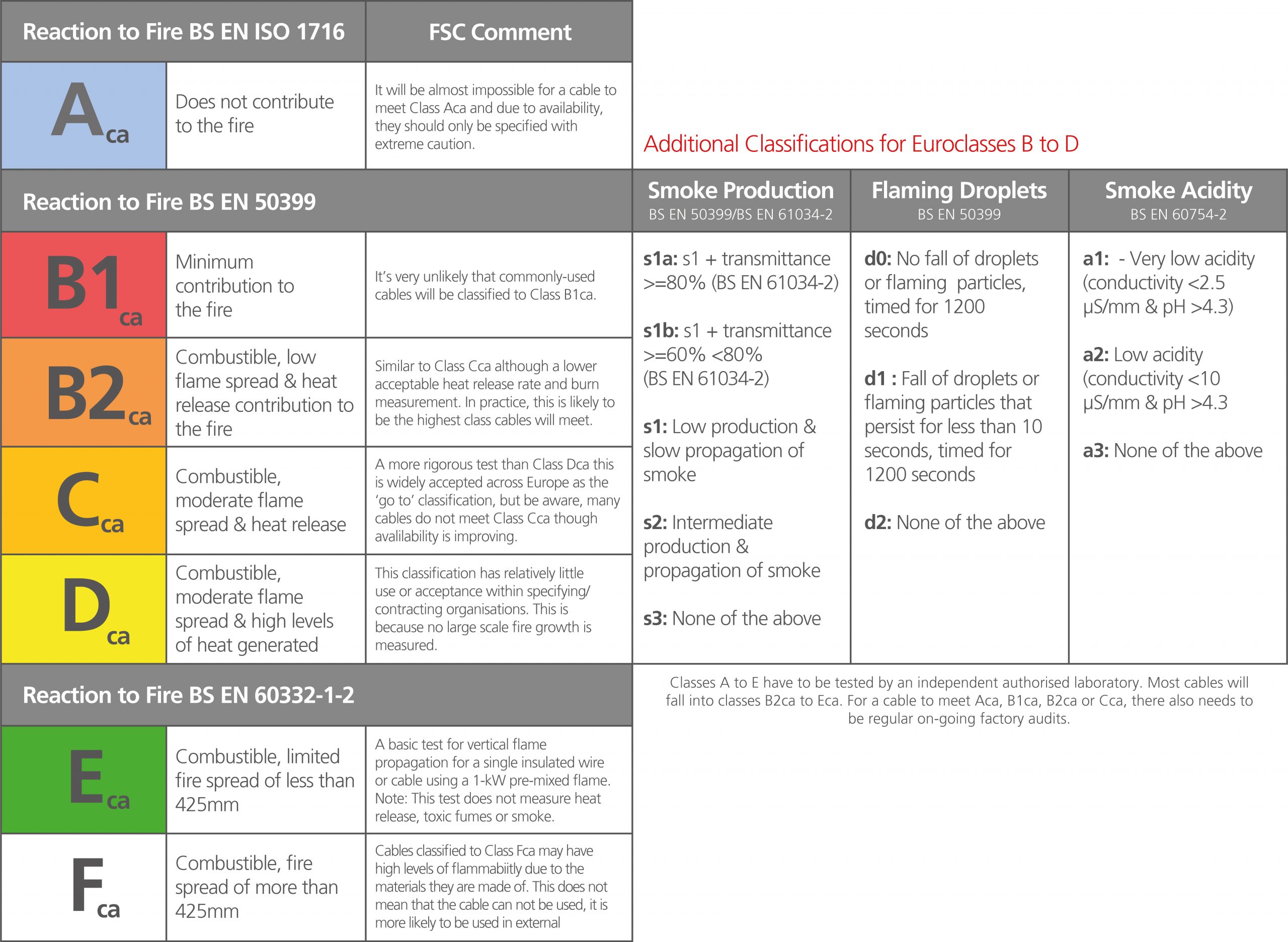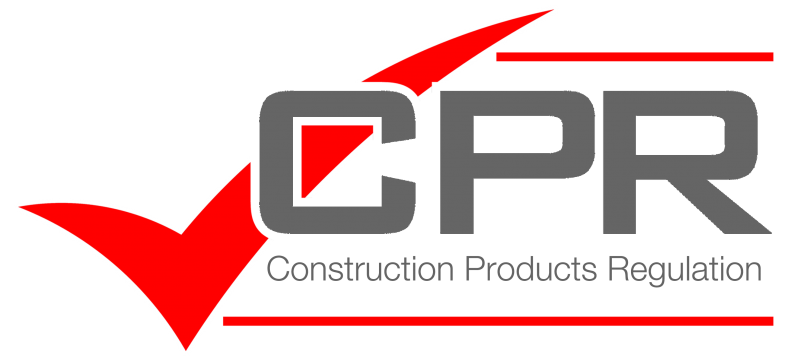Here at Linxcom, we’re often faced with messages surrounding the different Euroclass CPR ratings, specifically between Eca and Dca. In order to clear things up, we’re creating this mini guide to help you out.
WHERE TO BEGIN:
CPR (Construction Productions Regulation) has been around for years. Designed to determine the likelihood of a fire spread through structure, it was made a legal requirement in 2017. As IEC standards, BS regulations and CPR ratings go hand in hand, we’ll first take a look at the common test.
IEC 60332-1-2
This certification is the base test for flame spread for both Eca and Dca cables. The rating has updated the CPR limit to a strict 425mm.
BS EN 50575
This regulation brings together common classification criteria forming the seven euroclasses. They are mainly sub divided into the following:
- BS EN 60332-1-2
- BS EN 50399
- BS EN ISO 1716
Eca
Eca cables require no test for acid gasses or smoke. Some people often believe this is part of the IEC rating, however, that is incorrect. In order for a cable to be described as LSZH or Low Smoke Zero Halogen, both tests are required.
Dca
Dca cables must carry out BS EN50399 and BS EN60754-2 tests. The tests go further than the aforementioned IEC. Standard tests only employ a 10 KW flame test, whereas Dca applies a 20.5 KW flame test. With Dca cables, we apply the BS EN50399 standards covering the following 4 parameters:
- Total Heat Release
- Total Smoke Production
- Flame Droplets
- Peak Smoke Production Rate
The illustration below highlights the current list of CPR Ratings.

Data cables such as Copper or Fibre Optic contain a lot of air gaps within their PVC jackets. The issue with this is it allows the jackets to burn freely. Without a lot of redesigning, cables of this standard are not likely to go beyond Eca rating.
HOW TO STAY COMPLIANT
Cable manufacturer after 2017 intented for installation within domestic, residential or commercial buildings, should have a Declaration of Performance (DoP) available. The document should be provided by manufacture, including their name, product type and class met.
New law regulations, means manufacturer or anyone importing cables outside of EU need to keep records of the CPR rating of their cables for up to 10 years after they were first sold. In terms of cable markings, the cable itself does not require the CPR compliance, however, regulation is clear and labels or markings must carry the specific rating.


